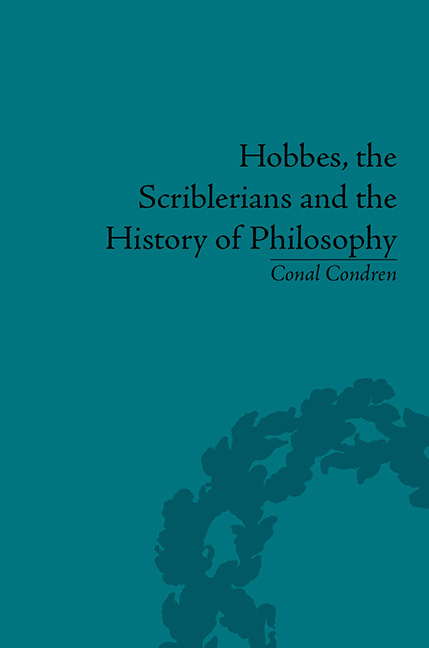2 - Hoisting Hobbes on the Satiric Petard
from Part I
Summary
New Wit for Old?
In recent years the understanding of the relationships between Hobbes and his contemporaries has been substantially altered. The early works of Samuel Mintz concentrating on materialism and J. Bowle on politics have been complemented and superseded by Mark Goldie on the sticking points of religion and most recently by Jon Parkin, who has provided a thorough and invaluable chronological account of how the substantive discontents with Hobbes's philosophy changed. Much has been achieved. The myth of Hobbes's isolation in England has now been thoroughly exploded, while the exploration of his European standing has helped reveal a vicarious Hobbesian presence in England through the reception of politica writing. The perception and subtlety of many of Hobbes's critics has been demonstrated.
Nevertheless, the contested issue of Hobbes's philosophical self-image and the concomitant question of the proper persona for a philosopher have received less sustained attention. This has also meant that the satiric dimension of anti-Hobbesian argument has been overlooked, or diminished as the personal attack of Oakeshott's ‘little men’. Of course, in the broadest sense of satire, as any sharp rebuke, most of the guns levelled at Hobbes might be called satiric; but in the meaning specifically relevant to this study, of satire as ridicule or as the attempt to provoke amusement to a critical end, then the sporadic satire of Hobbes is a continuation of an idiom found in Hobbes's own writings. This chapter touches on some slippery and intricately related themes, but as far as possible I wish to bypass the specific doctrinal content of Hobbesian criticism and concentrate instead on the outlines of the attacks upon, and defence of the author of the doctrines. In this way, diverging images of the true philosopher can be clarified and something of the more satiric aspect of Hobbist critique can be restored. The matter was important for there was a common acceptance of a sort of Gresham's law of philosophy. ‘With the Introduction of False, we may joyn also the suppression of True Philosophy’.
- Type
- Chapter
- Information
- Hobbes, the Scriblerians and the History of Philosophy , pp. 55 - 76Publisher: Pickering & ChattoFirst published in: 2014



